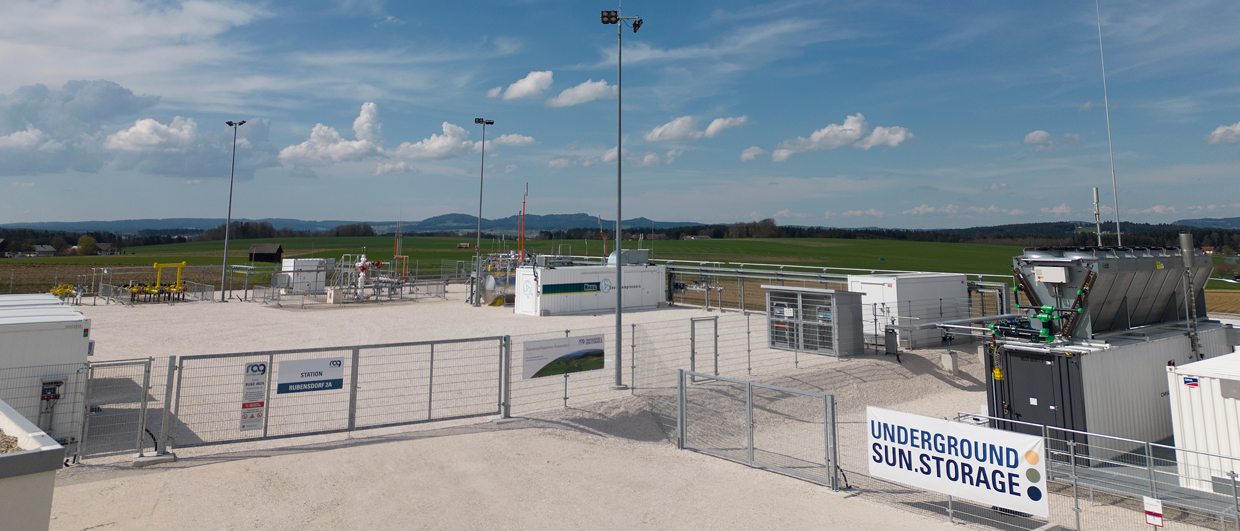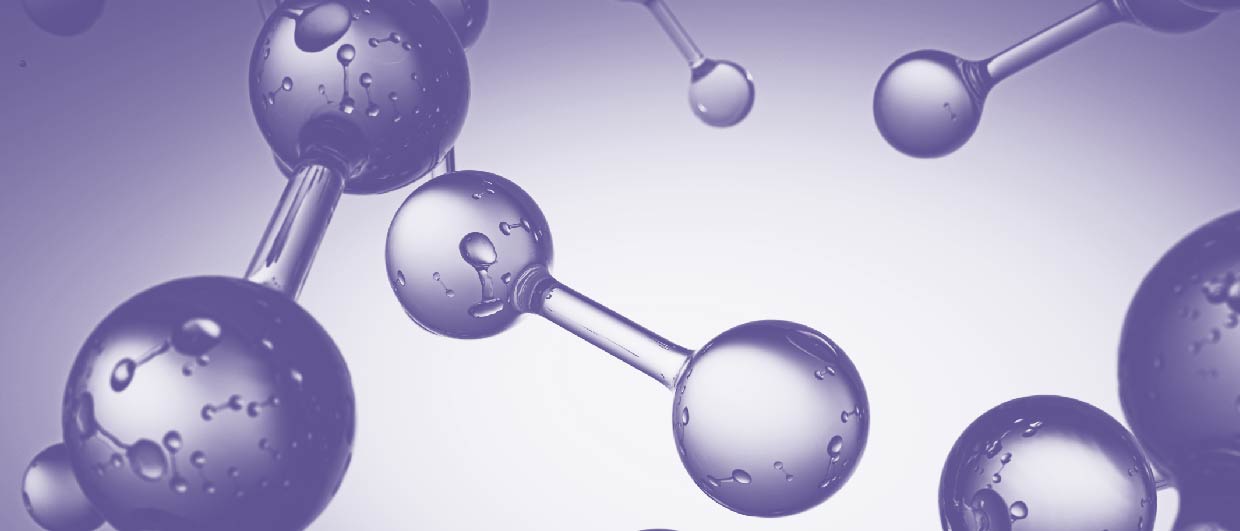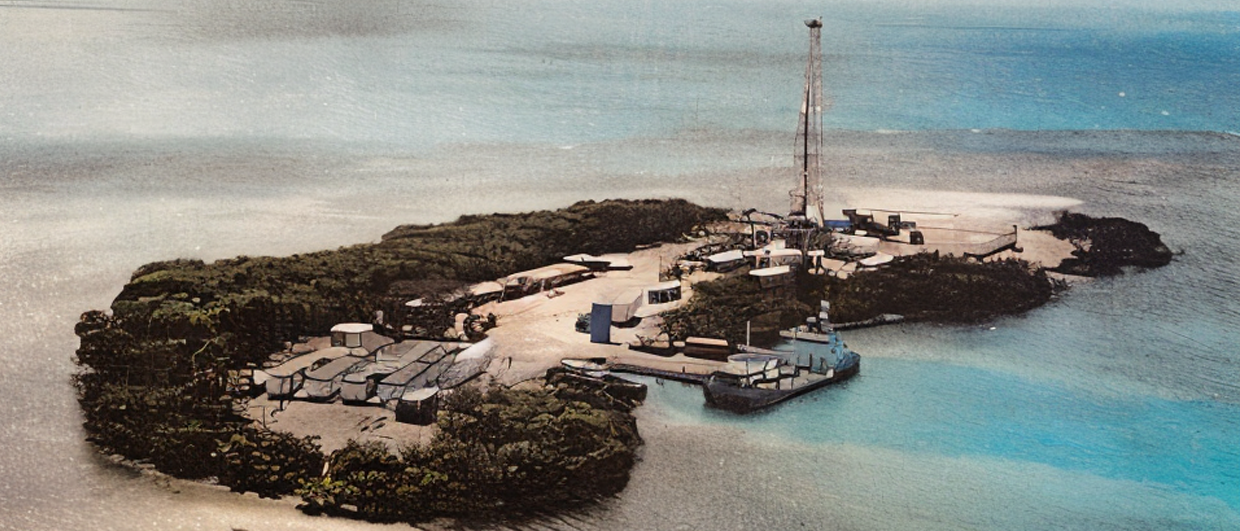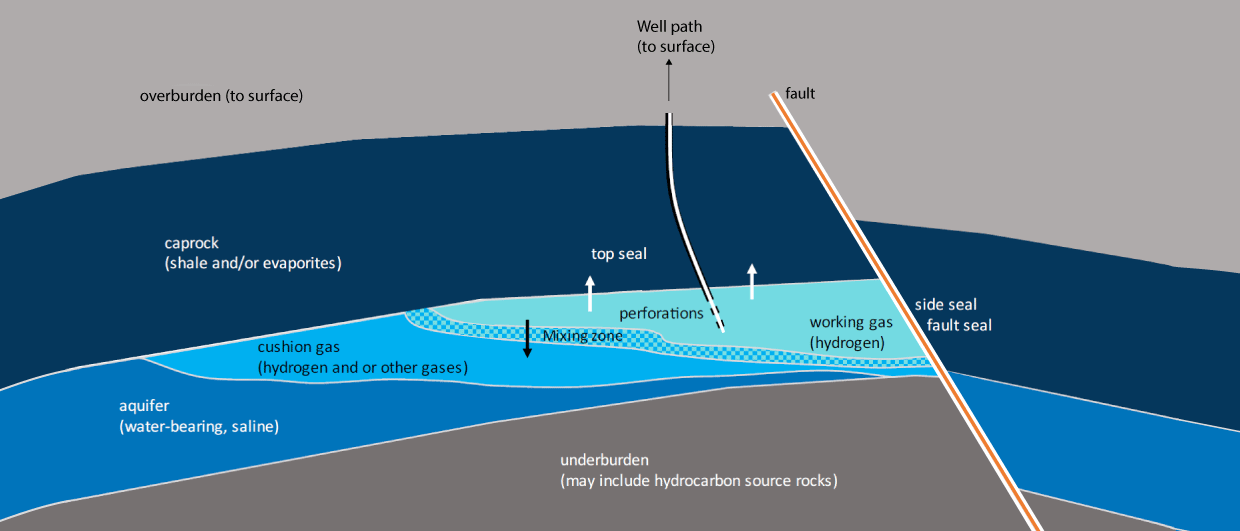After many years of preparation, last week saw the start of injecting 100% hydrogen into the Rubensdorf gas reservoir, onshore Austria. The injected hydrogen is generated through the electrolysis of water, for which the energy is supplied by solar power.
The so-called Sun Storage project started in 2013. It first trialed the mixing of 10% hydrogen with the injected natural gas into a smaller depleted gas field in Austria, Lehen. Around 1.2 million m3 was injected this way.
The selection of Lehen as a test candidate rests on the facts that it is small and isolated, has good permeabilities of between 600 and 1000 mD, good porosities of around 25% and there is a gas infrastructure already in place. In this video, reservoir engineer Anitha Andiappan from RAG Austria explains the main results from the work done on Lehen and the associated laboratory tests.
Doubling of permeability
Pressure transient analysis performed during the injection tests into the Lehen reservoir pointed to a doubling of permeabilities from an initial 602 mD to around 1200 during injection of the hydrogen mix. Anitha explained this by the sweeping of residual water that had accumulated around the former gas production well by the injected hydrogen. “It is not an uncommon phenomenon”, she added. With the skin of the well also getting smaller due to injection, well performance improved due to the injection.
Reservoir temperature was measured too. Anitha showed that injection of the gas mix caused a drop in temperature of around 2 degrees to 37°C, which stabilizes again to the ambient 39°C of the reservoir. Based on that observation, she concluded that no apparent geochemical changes were taking place in the reservoir.
This was confirmed by laboratory tests whereby samples of representative reservoir rock were exposed to a mixture of 75% wet hydrogen. As no reaction seams or dissolution of minerals were observed, Anitha suggested that the injection of hydrogen does not change the fabric of the reservoir. Further experimental work whereby 100% hydrogen gases are subjected to reservoir interaction was performed earlier this year as well.
In terms of cap rock integrity, plugs from representative sealing units from the area were exposed to 100% dry hydrogen and methane gases to investigate any differences in permeability of the rock. These analyses found that the permeability to methane and hydrogen of this particular caprock is of a similar magnitude, suggesting that leakage of hydrogen is not taking place at a faster rate than in a methane case.
For further reading, the journal FUEL recently published an extensive review on hydrogen storage in depleted gas reservoirs.
Rubensdorf
Since last week, a 100% hydrogen gas is now being injected into the Rubensdorf reservoir. Similarly to the Lehen reservoir test, downhole pressure and temperature gauges will be used to monitor the injection. Flow meters that include a gas chromotograph are also part of the reservoir monitoring project, as well as water sample analysis.
The size of the Rubensdorf storage is still limited; it will store up to 4.2 GWh of solar-generated energy, which is equivalent to the summer surplus of around 1,000 photovoltaic systems on single-family homes. However, it is a first and essential step to overcome the intermittency and seasonality of wind and solar energy.





